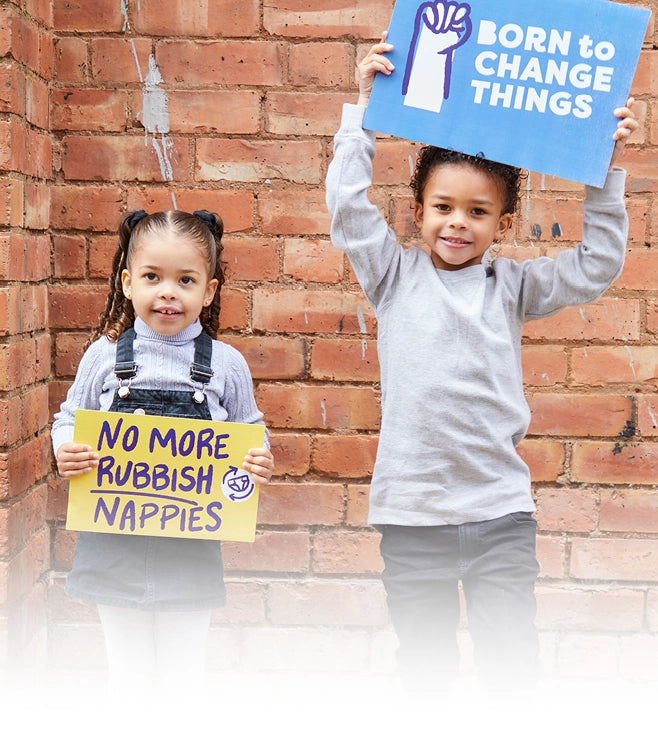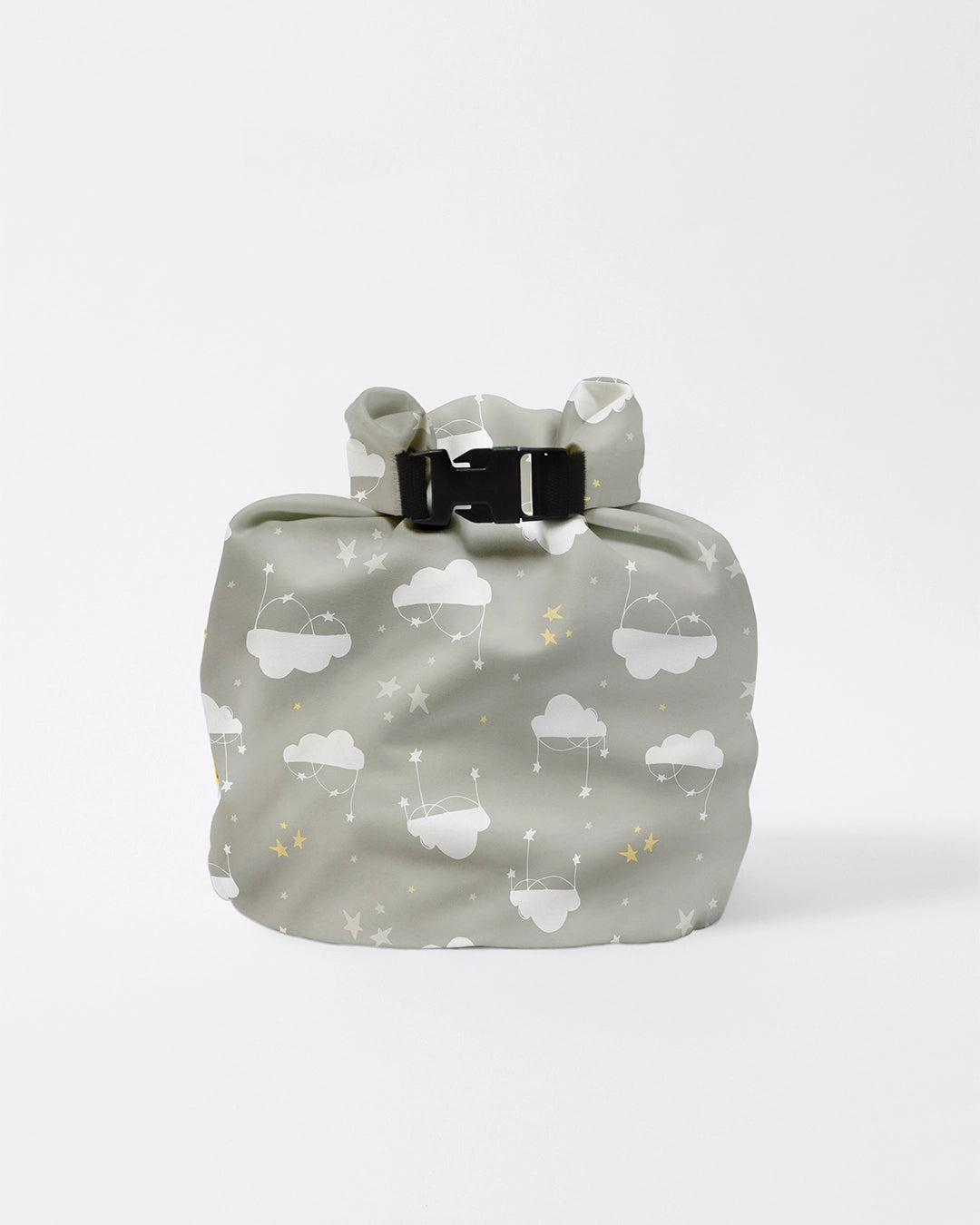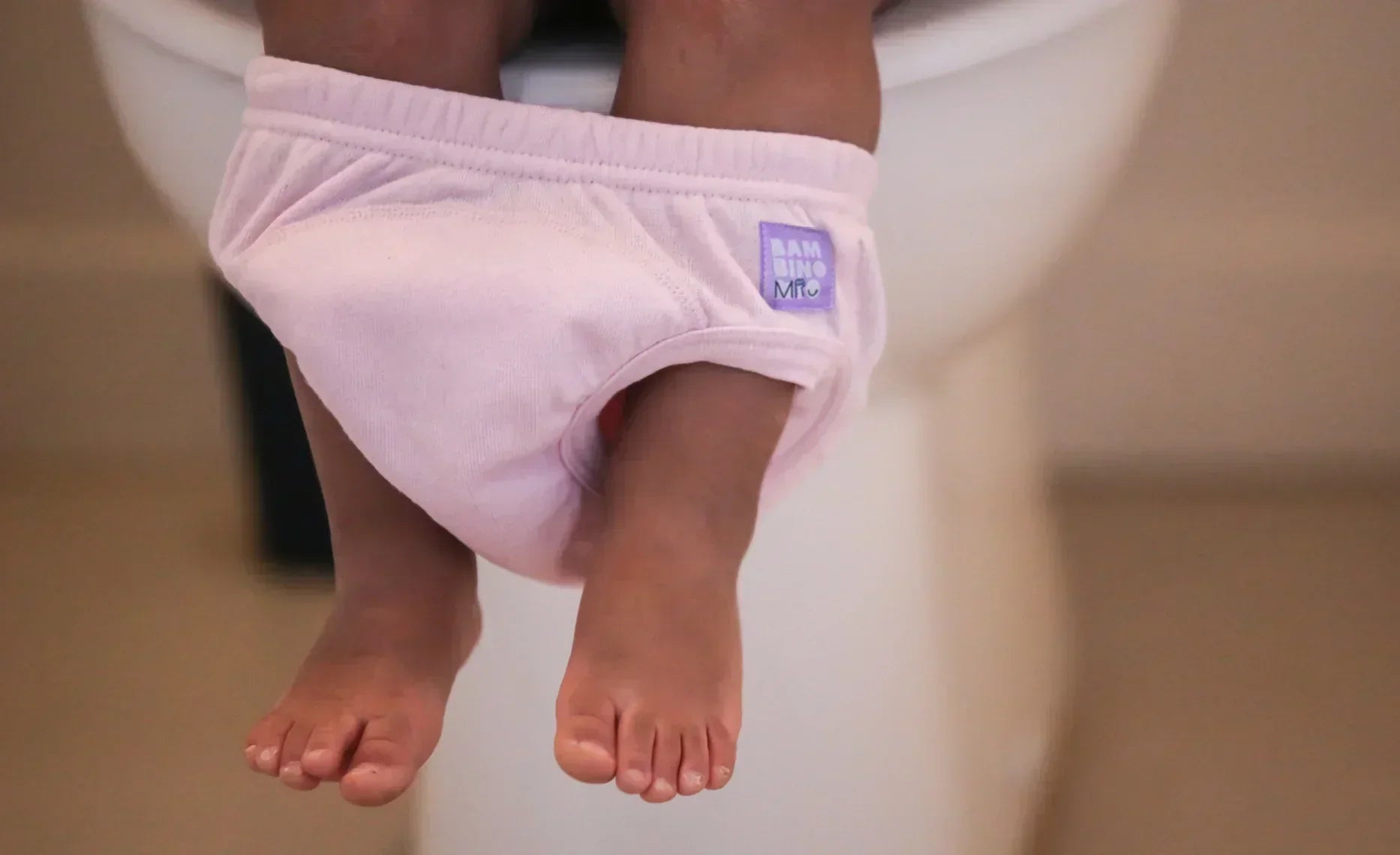Strategies to Overcome the Four-Month Sleep Regression Period
Share Options
- Bambino Mio
- 22 / 05 / 2023

Inside this Article:
- Understanding the four-month sleep regression
- What is the four-month sleep regression?
- What’s behind the four-month sleep regression?
- Do all babies have a sleep regression at four months of age?
- What are the telltale signs and symptoms of the four-month sleep regression?
- Coping with the four-month sleep regression
- First of all, stick to safe sleeping habits
- Create a clear sleep and wake routine
- Create the association between bedroom and sleep
- Help your baby to feel sleepy
- How to manage nighttime wakings during the four-month sleep regression
- When do you need to talk to your GP or health visitor about your baby’s sleep?
- Looking after yourself during your baby’s four-month sleep regression
- FAQs
Arm yourself with enough knowledge to survive the four-month sleep regression. From understanding what it is and why it happens to creating effective coping strategies, here’s your complete guide.
Understanding the four-month sleep regression
Babies go through several shifts and changes in their sleep cycles and patterns as they develop and grow.
You’ll notice that your newborn baby sleeps for short periods and there’s no difference between day and night for them. Over your baby's past the newborn stage, however, their sleep schedule will start to shift so that they’re spending more time asleep at night and having longer periods of wakefulness during the day.
Soon, you might think, their sleep will coalesce into one or two long periods of sleep (preferably one eight-hour stretch…) during the night. However, there’s a bit of a bump in the road known as the four-month sleep regression.
The four-month sleep regression is a period during which your baby’s sleep seems to become irregular once more - like it used to be, which is why we call it a regression.
There may be a few sleep regressions during your baby’s development, but the first one you’ll probably encounter is the four-month one.
Not all babies experience all of the sleep regressions, with some seeming to miss out all of them, but they are prevalent enough for parents and sleep scientists to agree that they exist.
What is the four-month sleep regression?
When your baby is around four months of age, their brain and body are developing and changing at a phenomenal rate. Your baby’s body and nervous system are finding all kinds of newconnections and exploring new experiences and stimuli and this incrediblelearning curve and burst of brain development can cause some disturbance in your baby’s sleep patterns.
Your newborn baby needs between 16 and 18 hours of sleep every day. This sleep doesn’t come in one block, however, it comes in periods of two to four hours at first.
By around three months or so, these periods of sleep start to consolidate and become longer, which feels like a huge relief. Your baby will still have two or three naps during the day, but they’ll be "learning" to sleep at night and the total number of sleeping hours will reduce.
Between four and 12 months, your baby should need between 12 and 16 hours of sleep a day (including their naps).
This step consolidation process happens very smoothly for some babies, but others experience disruptions in their sleep patterns, leading to “extra” wakings and shorter periods of sleep - they’ve “regressed”.
What’s behind the four-month sleep regression?
We believe that the main cause of the four-month sleep regression is the transition from their newborn sleep pattern, which has been slowly fading away. This transition isn’t necessarily seamless, with lots of babies getting “stuck” in plateaus or seeming to even go backwards. Every baby is different, so their sleep regressions may be due to slightly different factors, but the main ones may include:
- Growing awareness of themselves and their surroundings, which leads to a lot of sensory and mental stimulation
- Awareness that they need their parents to basically survive, which can lead to separation anxiety
- The move to consolidated sleep takes a few extra twists and turns
- Changes or disturbances in the baby’s sleeping environment - a parent may have returned to work, mornings may begetting lighter - any change can cause extra alertness and wakings
Do all babies have a sleep regression at four months of age?
Not at all. There’s so much individual variation in babies’ sleep patterns that some scarcely show any four-month sleep regression symptoms at all. Others might have a very brief bout of disruption while others definitely do display sleep regression signsat around four months.
Four months is an average, by the way. There’s no magic switch at exactly 16 weeks - some babies might be a bit early and some a bit late.
What are the telltale signs and symptoms of the four-month sleep regression?
In short, the main symptom is a disturbance and a worsening of your baby’s sleep pattern and sleep quality. Look out for:
- Your baby having difficulty falling asleep - it might suddenly take longer for your baby to settle to sleep or they may become unusually fussy around their usual bedtime
- Your baby might not stay asleep for as long as they have been doing previously and when they wake during the night they might cry more than they previously did
- They might be more cranky than usual when they wake up - we can all understand this because a disturbed night’s sleep makes us all feel bad-tempered…
- Your baby is sleeping for fewer hours in each 24-hour period and you might also notice that your baby’s hunger and feeding patterns are disrupted as well
When your baby is going through their four-month regression you might wonder how long it’s going to last and how you’ll get through this period of frequent night wakings.
For most babies and their carers, this period will only last for a few days or weeks at most. However, it can still be stressful so you do need some four-month sleep regression tips!
Coping with the four-month sleep regression
There’s no single solution to this sleep disturbance. You need instead to create a set of healthy sleep habits for your baby so thatas they come out of the regression, they go straight into a helpful sleep framework.
First of all, stick to safe sleeping habits
If you’re thinking about “managing” your baby’s sleep a bit more in order to help them learn to sleep better then you must follow the safe sleep guidelines to reduce the risk of sudden infant death syndrome (SIDS).
You can reduce your baby’s risk of SIDS by removing cot bumpers, thick blankets and soft toys from their crib and making sure they sleep on their back. Find more information on SIDS and keeping your baby safe here.
Create a clear sleep and wake routine
Working to establish definite sleep and wake routines helps your baby to develop their own internal clock. Making sure you both get out and about as much as possible during daylight hours as exposure to natural light helps your baby to establish their own circadian rhythm- light means being awake and having fun and darkness means sleep.
This is a natural process, as humans are a diurnal species, but you can help it along a bit!
Create the association between bedroom and sleep
If your baby gets used to falling asleep in their cot or bed then they get to know that this place means sleepy time and that it’s safe to be there. By making bedtime a pleasant experience and creating positive sleep associations you can help your baby to cope with nighttime wakings.
Letting your baby fall asleep elsewhere and then moving them to their bed once they’re asleep can simply confuse them.
Making sure that your baby’s bedroom or cot is dark, quiet and undisturbed so they have nothing to do but go to sleep. A quick pre-sleep feed (or “dream” feed) can help your baby to stay asleep and satisfied for a bit longer, too.
Help your baby to feel sleepy
Creating and maintaining a consistent bedtime routine is a great way to have a smooth journey to sleep. The it’s nearly bedtime, quieten things down, turn the lights down to create an optimal sleep environment and perform the same routine or ritual. This predictable routine can be bath, nappy change, feed and a song, for example.
Watching for signs of tiredness in your baby is useful, too, as starting the bedtime ritual when they start to rub their eyes or grizzle reinforces the message that tiredness = bed and sleep.
How to manage nighttime wakings during the four-month sleep regression
If your baby wakes in the night, you should encourage them to go back to sleep. Check for a wet nappy or for hunger and attend to these needs, but do this quickly, quietly and without lots of light or playing so you don’t wake them or let them think it’s daytime. The focus is on going back to sleep.
Separation anxiety can be tough for babies and parents to deal with, but unless your baby is very distressed then you shouldn’t bring them back out of their cot once they’re in it. Stay with your baby, talking softly to them until they settle and start to fall back asleep. This is important for developing independent sleep habits.
When do you need to talk to your GP or health visitor about your baby’s sleep?
If your baby is waking excessively during the night or isn’t settling for naps during the day either and you’re all exhausted, then you may need to talk to your healthcare provider.
Look out for a lack of weight gain, a reluctance to feed, or a reduction in the number or volume of wees and poos in your baby as these could indicate things like digestive problems that need attention.
Looking after yourself during your baby’s four-month sleep regression
You need to take care of yourself during this period of disrupted sleep. The best thing you can do is to recognise that nighttime wakings and sleep regressions are a normal part of development and that it’s all part of the development towards a grown-up sleep pattern.
Don’t compare your baby to your friends’ babies who all sleep for ten hours every night and are already learning Spanish. They don’t and they’re not. The end.
Don’t blame yourself for your baby’s nighttime wakings. You might wonder if it is actually the four-month sleep regression or teething, for example.
Teething usually has other signs besides waking at night, such as swollen gums and drooling, so if you can eliminate “physical” causes, you know it’s likely to be a developmental issue rather than discomfort.
Going to bed shortly after your baby will also help you to bank some sleep so that your disturbed nights don’t hurt you too much. Yes, you might miss out on a few shows or catch ups with friends, but you won’t miss out on so much sleep - sleep deprivation is one of the hardest aspects of parenting, but thankfully it's not forever.
FAQs
How do I spot a four-month sleep regression?
Your baby’s sleep has a noticeable decline in quality and also in duration. If there’s no other reason for the restlessness, such as teething, wet nappies or other source of discomfort, then this sudden fussiness may well be a regression.
How will the four-month sleep regression go on for?
Very often, this readjustment of your baby’s sleep patterns only lasts for a few weeks, with some babies moving though it in a matter of days. Establishing good sleeping habits is important, both to get you through this short-term issue and for the long-term sleep health of your baby.
Are sleep regressions preventable?
Not really, as they’re a normal part of development and you can’t “keep” your baby asleep. However, teaching good sleeping habits can help to reduce the impact of this phase and also aid your baby to sleep well in later childhood.







































